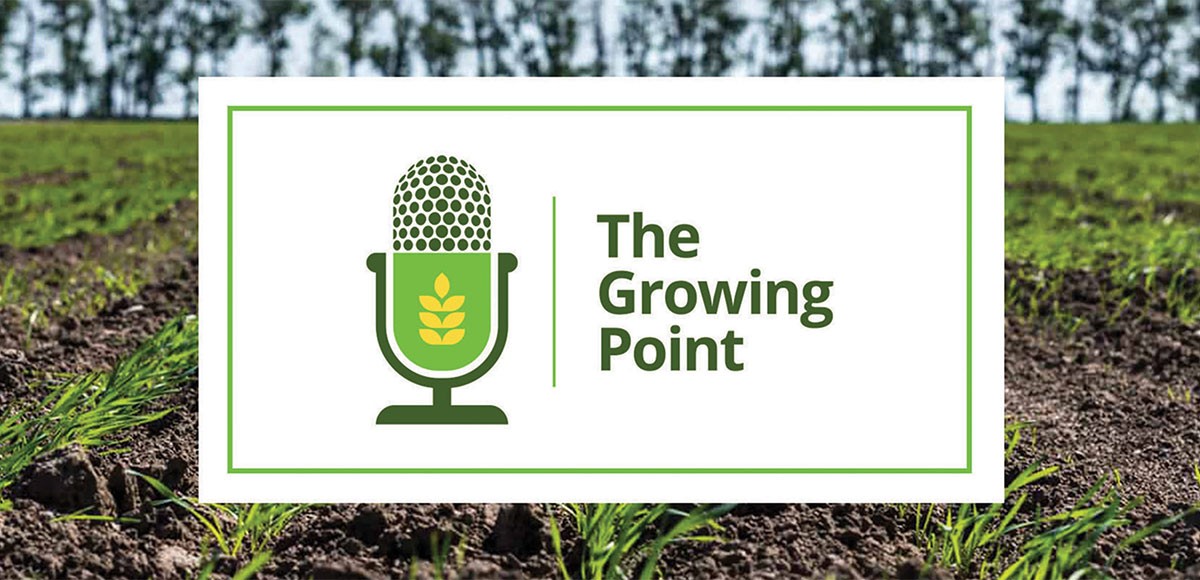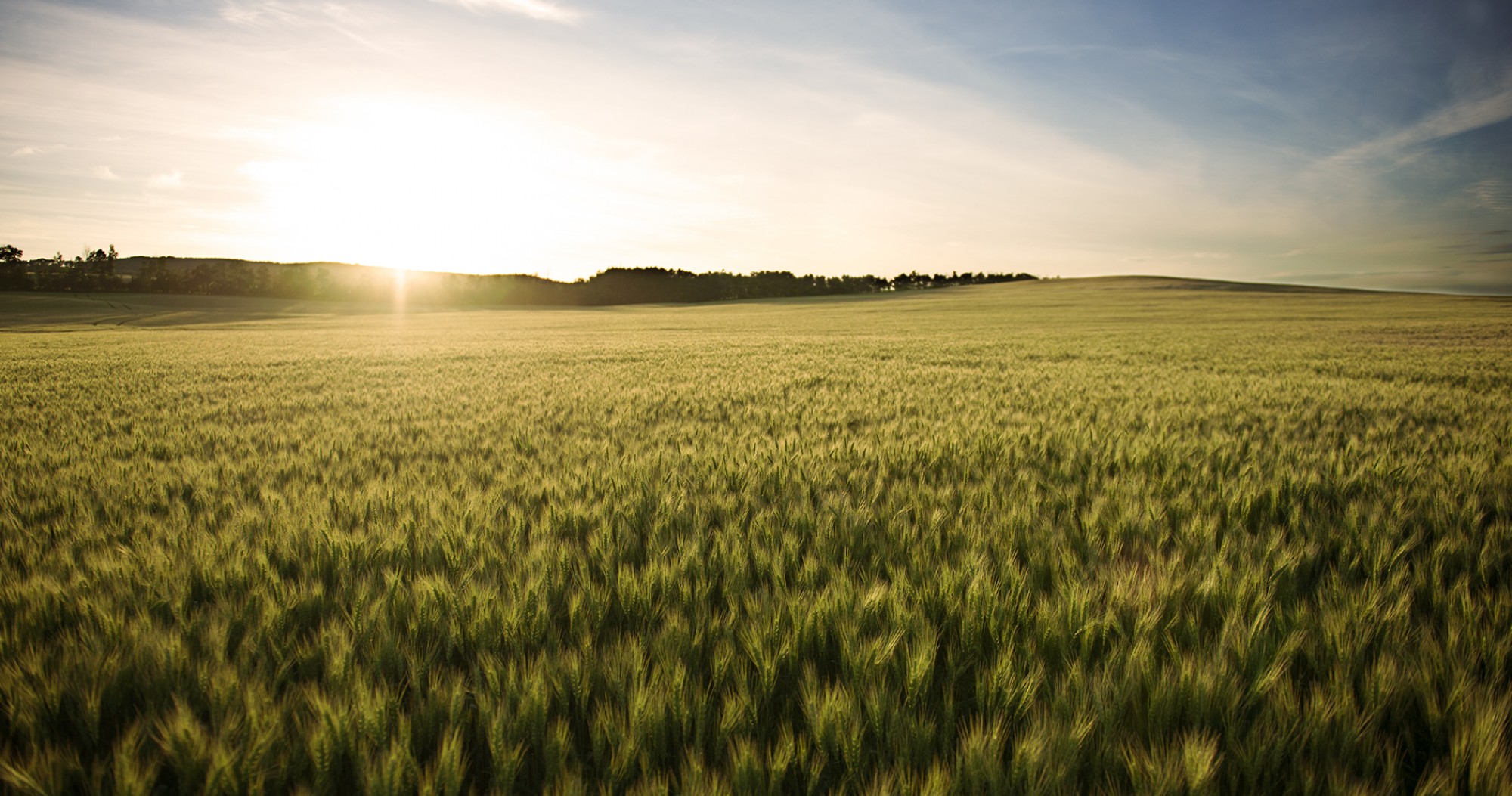Best seeding and in-crop management practices for malt barley production

Alberta is known for producing some of the best malt barley worldwide. While it is a major component of Alberta’s agricultural sector, only 20 to 25 per cent of barley seeded for malt is accepted as malt.
Producing barley that meets malt standards requires finely-tuned agronomic management tactics and favourable growing and harvest conditions. Farmers looking to increase the likelihood of malt acceptance can consider several agronomic management practices:
Variety selection
When growing barley for malt, farmers should seed varieties recommended by the Canadian Malting Barley Technical Centre (CMBTC). Every fall, the CMBTC releases a list of varieties recommended for the upcoming growing year. This list can be found at the CMBTC’s website, cmbtc.com. Additionally, farmers should talk to their grain buyers to ensure the variety they grow can be accepted as malt.
Rotation
Seeding malt barley into wheat or barley stubble should be avoided. Barley1 and wheat stubble can increase risk of disease pressure leading to decreased quality. Additionally, both wheat and barley stubble can lead to volunteer weed challenges.
Following a pea-to-malt barley or pea-to-canola-to malt barley rotation is a better choice. O’Donovan and Turkington2 demonstrated that seeding malt barley into pea stubble increased yield while maintaining grain protein at acceptable levels. O’Donovan et al.3 found a pea to canola to malt barley rotation had minimal malt quality impacts and increased yield. This rotation also decreased nitrogen (N) requirements for the barley crop by 25 per cent compared to production within a non-legume rotation.
Seed quality, seeding rate and seeding date
Stand establishment is the foundation of success. Malt growers should use seed no more than two years from certified. Seed should be tested for germination, thousand kernel weight (TKW) and disease presence.
Depending on availability, utilize the highest quality and cleanest seed for production.
Research has demonstrated that early seeding in late April to early May with 300 viable seeds per m2 (30 viable seeds per ft2) more often provided higher yields and acceptable quality4.
Fertilizer
When targeting malt, provide adequate phosphorus, potassium and sulphur to supply yield expectations. N applications should be based on soil tests results, however, N rates for malt barley production are not as straight forward as other crops. Excessive N application can cause grain protein levels to be above acceptable levels. Low N rates may cause missed yield and profit opportunities. In a year with higher-than-average rainfall, high N rates may contribute to a yield increase and negligible protein increase. In a year with lower-than-average moisture, excess N rate may cause protein levels to be above acceptable levels. It is best to work with an experienced local agronomist for fertility decisions.
Fungicide
Foliar disease can impact yield potential but also malt quality. According to Turkington et al.5 single, full rate, fungicide applications at flag leaf timing significantly increased kernel plump from 72.7 per cent to 83 per cent when compared to no fungicide application. Additionally, a single, full rate, fungicide application at flag leaf timing generated the greatest yield, TKW and test weight compared to no treatment and half rate fungicides at the two-to-three or five-to-six leaf stages.
Storage and harvest
A high-quality malt barley crop can quickly drop under poor harvest conditions. If possible, farmers should target harvest when the crop is at 13.5 per cent grain moisture. In the many situations where this is not practical, the crop can be straight cut at higher moisture (16 to 20 per cent) and dried to 13.5 per cent using a grain drier or supplemental heat. When drying using a grain dryer, care must be taken to not use excessive heat with malt barley. Excessive heat and low air flow can damage the seed or seed germ.
Swathing at 30 to 35 per cent moisture can also be used to dry down the crop. However, in areas more likely to experience late season rain or snow, there is an increased risk of quality impacts and extended drying time on windrowed crops. Farmers must decide whether straight cutting or swathing is the preferred method of harvest depending on their post- harvest grain drying options and precipitation risks.
Continuously monitor incoming grain and make combine adjustments as needed to mitigate mechanical grain damage at harvest. Peeled, damaged or green kernels can impact malt acceptance.
Keep it Clean
Finally, farmers are recommended to refer to Keep it Clean (KIC) when making pesticide application decisions. KIC provides an updated “Product Advisory” sheet indicating pesticides that may impact malt acceptance. Talk to your grain buyer before using any products that may pose acceptability risks.
References
1 O’Donovan, J. T., Turkington, T. K., Edney, M. J., Juskiw, P. E., McKenzie, R. H., Harker, K. N., ... & Smith, E. (2012). Effect of seeding date and seeding rate on malting barley production in western Canada. Canadian Journal of Plant Science, 92(2), 321-330.
2 J.T. O’Donovan and K. Turkington. April 2011. Final Report on Project: Improvement of malt barley quality and seed homogeneity through optimization of agronomic, genetic, and environmental factors: Phase I. Agriculture and Agri-Food Canada in Collaboration with Alberta Barley Commission, Canadian Wheat Board & RAHR Malting Canada Ltd.
3 O’Donovan, John T., et al. “Rotational effects of legumes and non-legumes on hybrid canola and malting barley.” Agronomy Journal 106.6 (2014): 1921-1932.
4 McKenzie, R. H., Middleton, A. B., & Bremer, E. (2005). Fertilization, seeding date, and seeding rate for malting barley yield and quality in southern Alberta. Canadian Journal of Plant Science, 85(3), 603-614.
5 Turkington, T. K., O’Donovan, J. T., Harker, K. N., Xi, K., Blackshaw, R. E., Johnson, E. N., Peng, G., Kutcher, H. R., May, W. E., Lafond, G. P., Mohr, R. M., Irvine, R. B. and Stevenson, C. (2015). The impact of fungicide and herbicide timing on foliar disease severity, and barley productivity and quality. Canadian Journal of Plant Science. 95: 525–537.

